Rio de Janeiro
January, 2005
January 2nd
Sugar Loaf was calling out to us on this fine sunny morning. After breakfast, we got a cab and were on the first cable-car to the top. The view over the beaches, harbor and city, spread out around huge rounded rock formations, was spectacular. Rio clearly has one of the prettiest locations in the world.
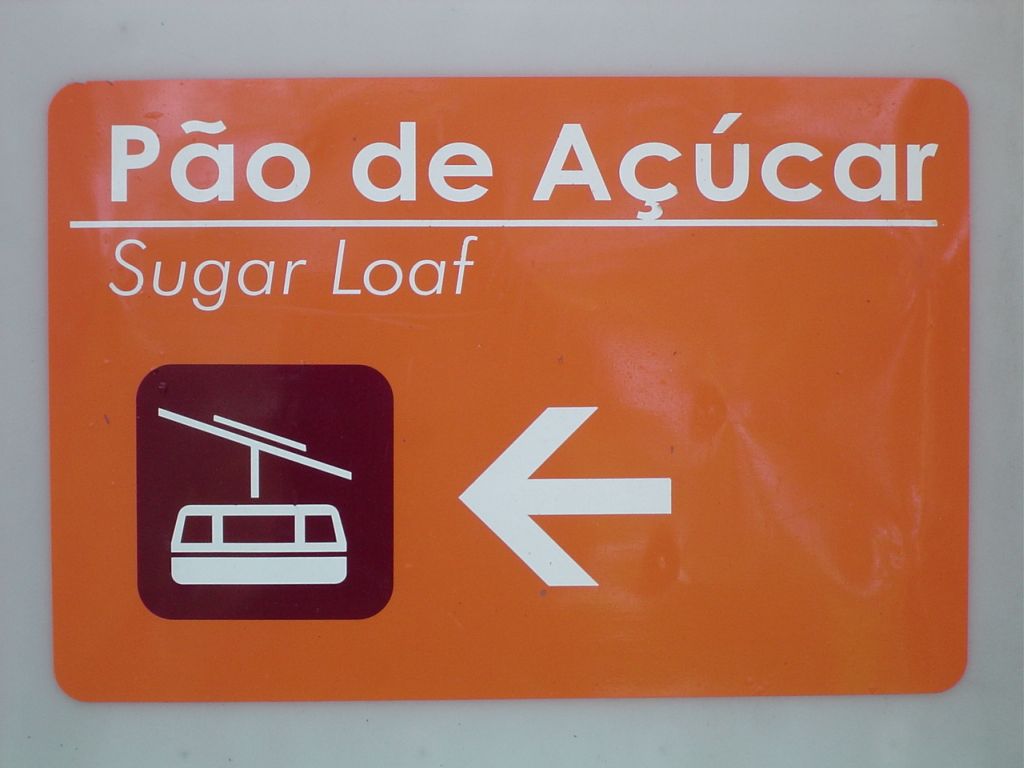
On our way to Sugar Loaf Mountain.
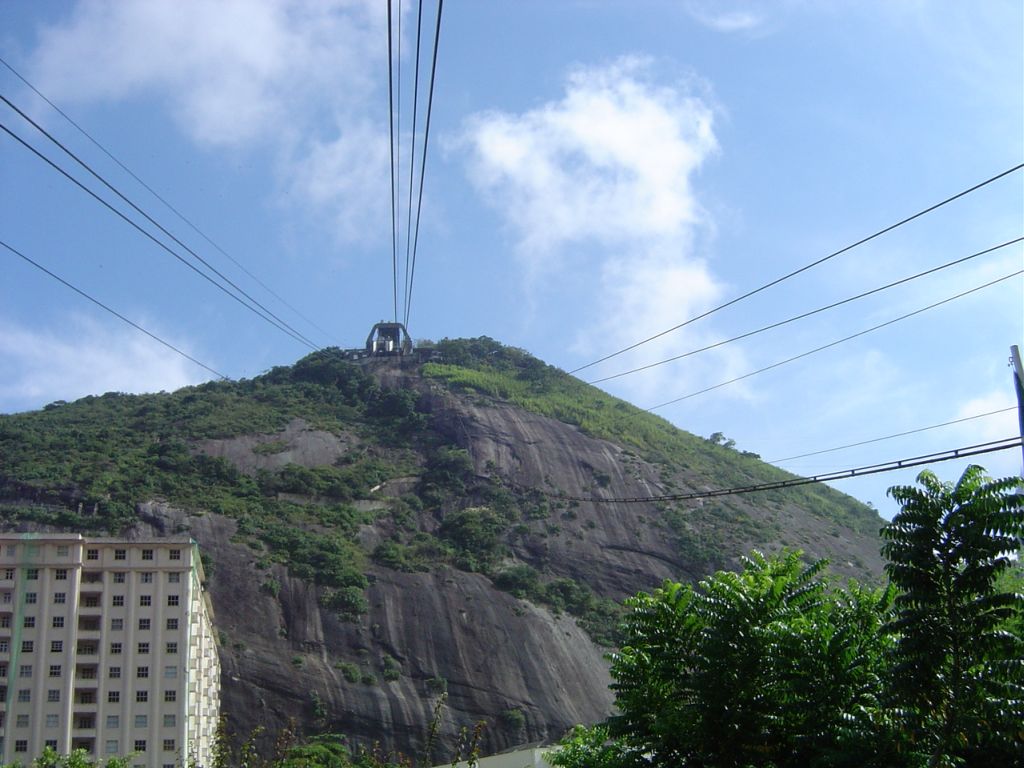
Cable Car Number 1 stops at Morro da Urca at 722 feet.
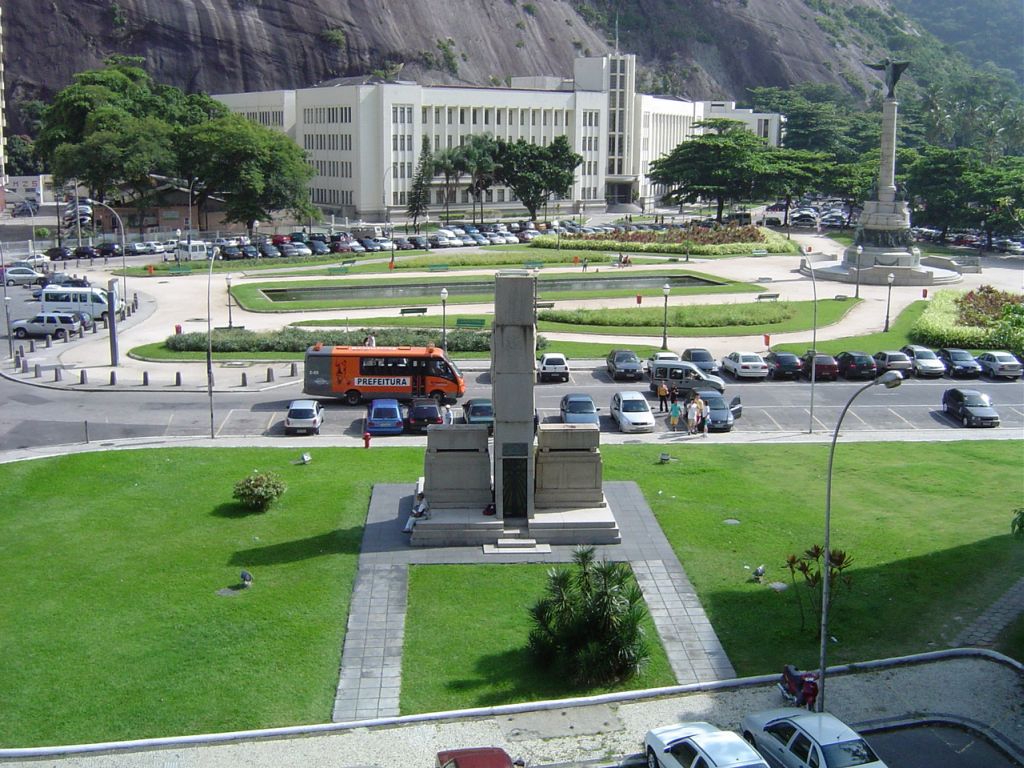
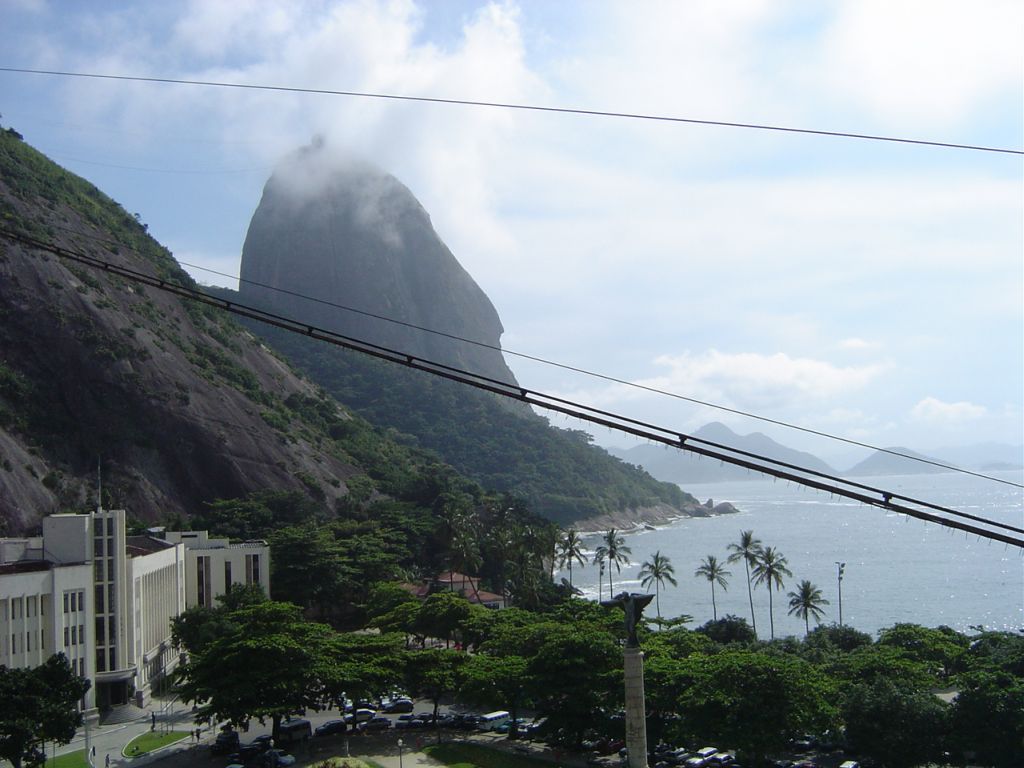
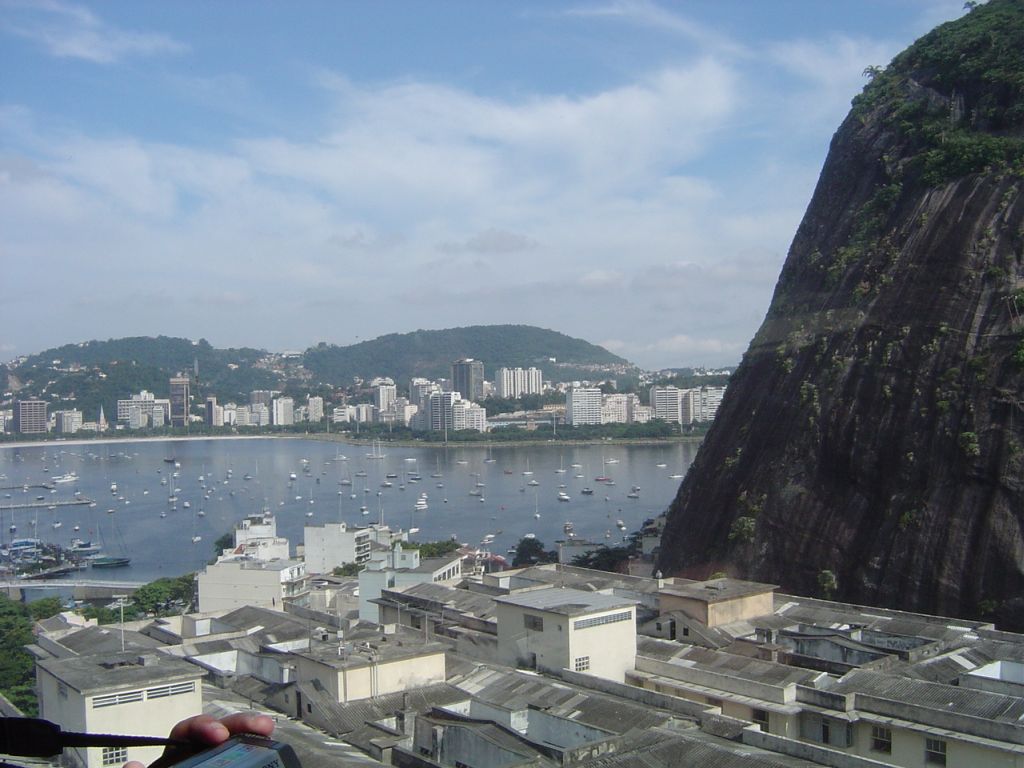
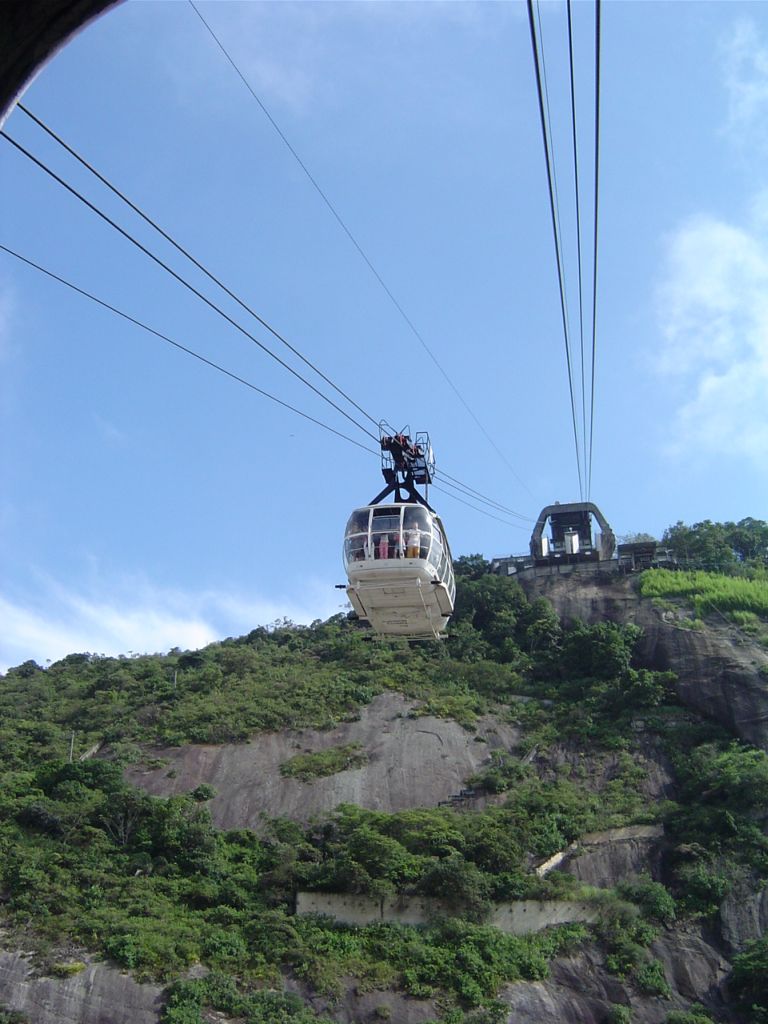
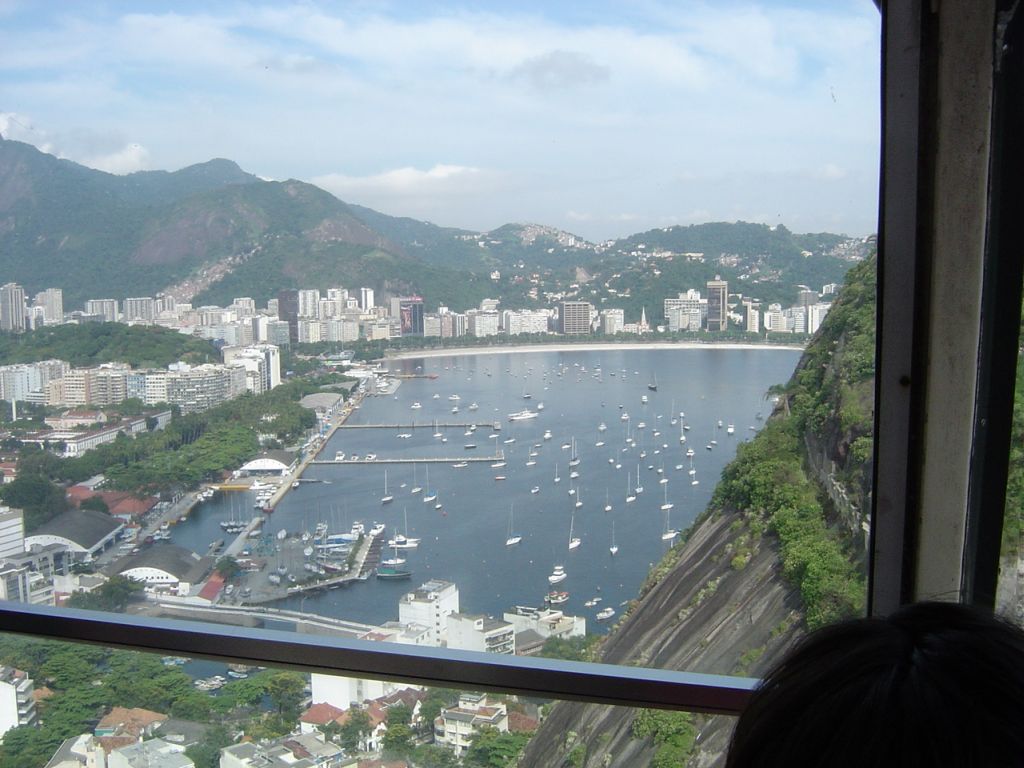

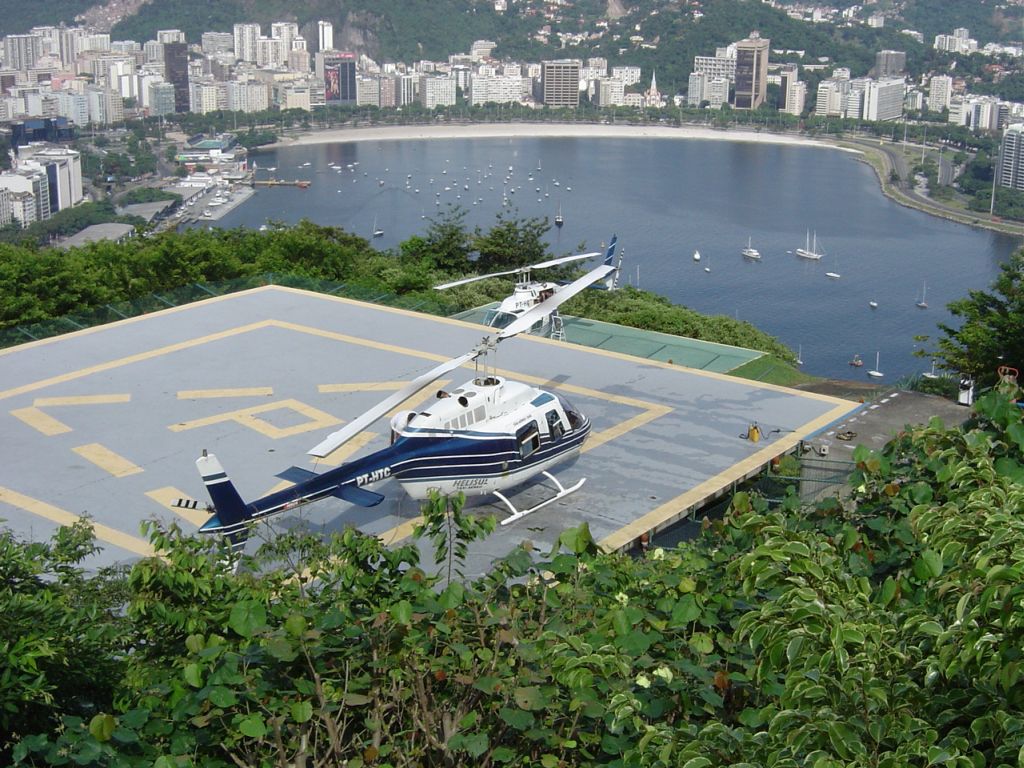


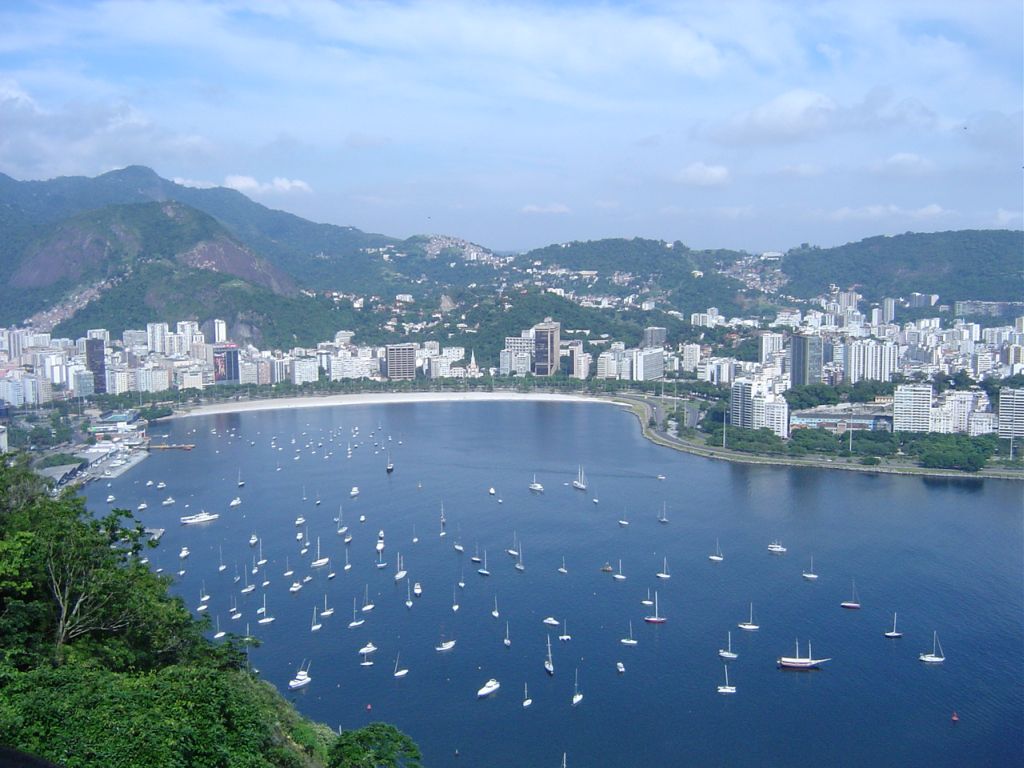
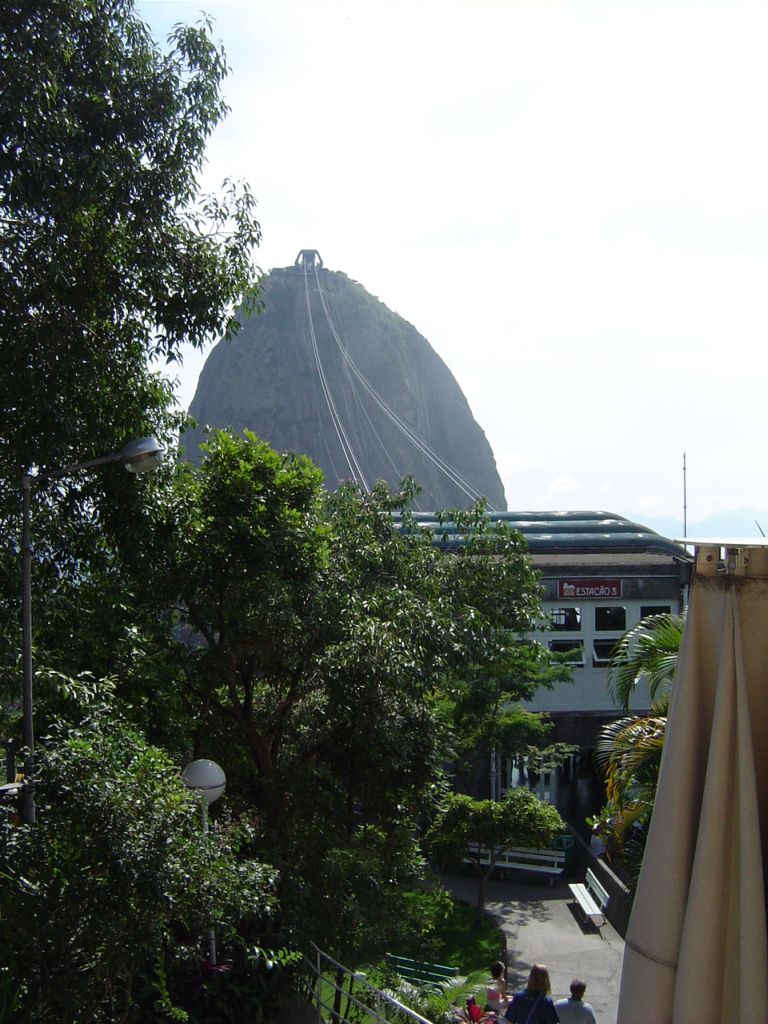
Cable Car Number 2 reaches the summit of the 1,299-foot mountain.
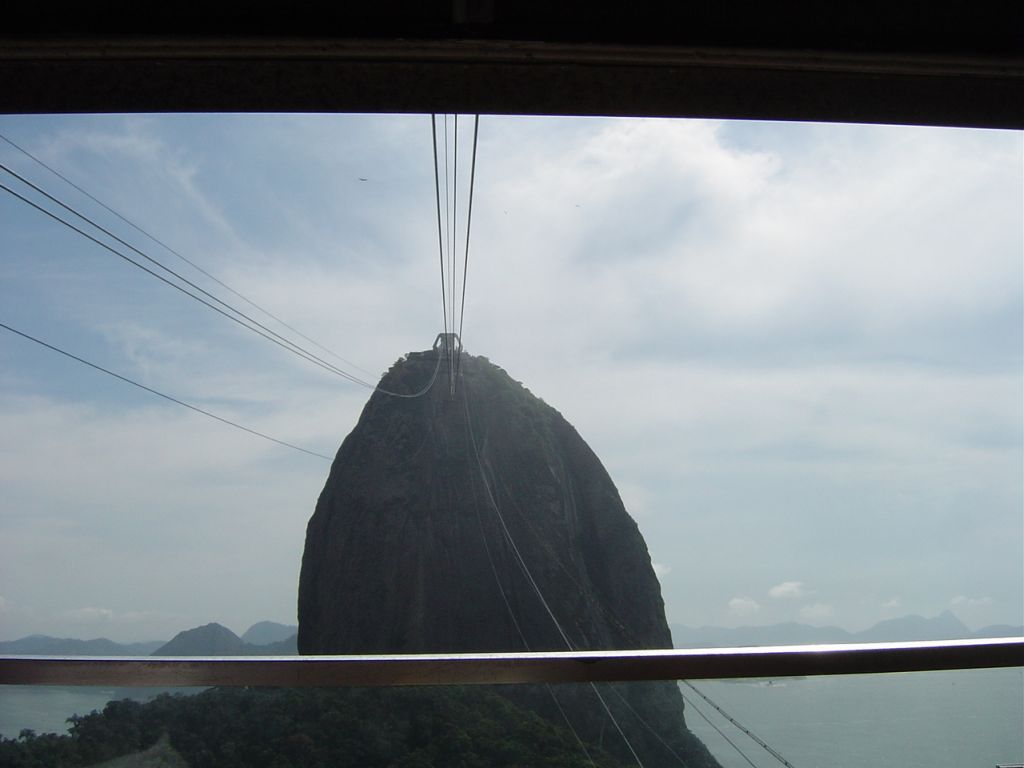

Leaving the midpoint on the way to the top.
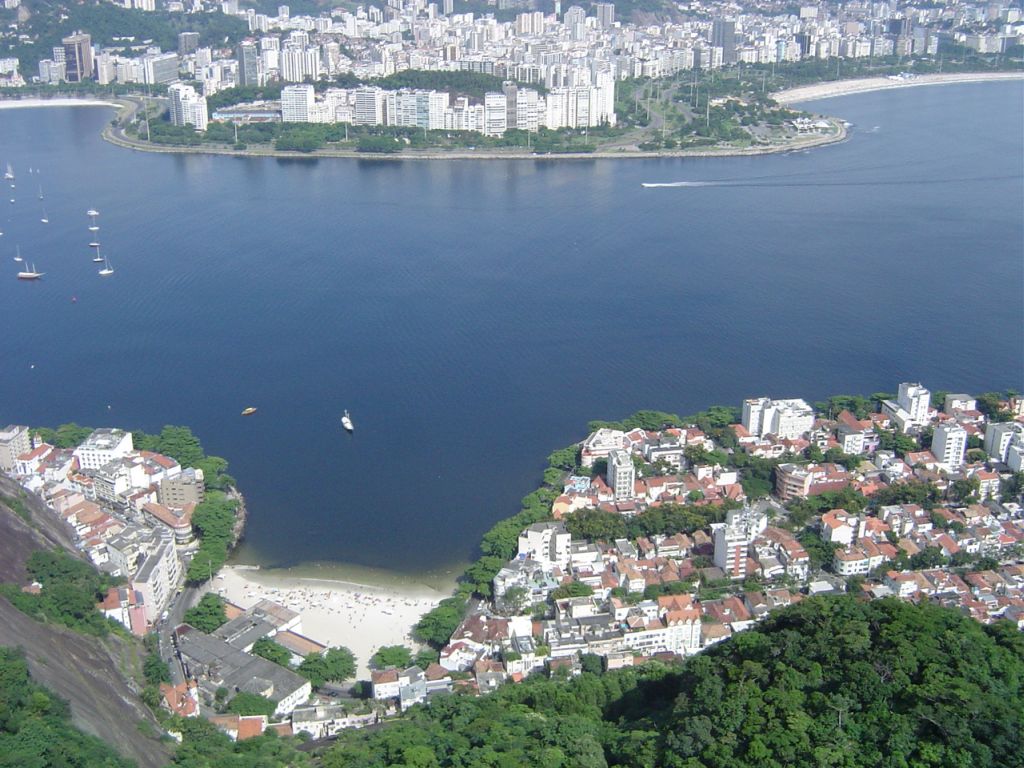

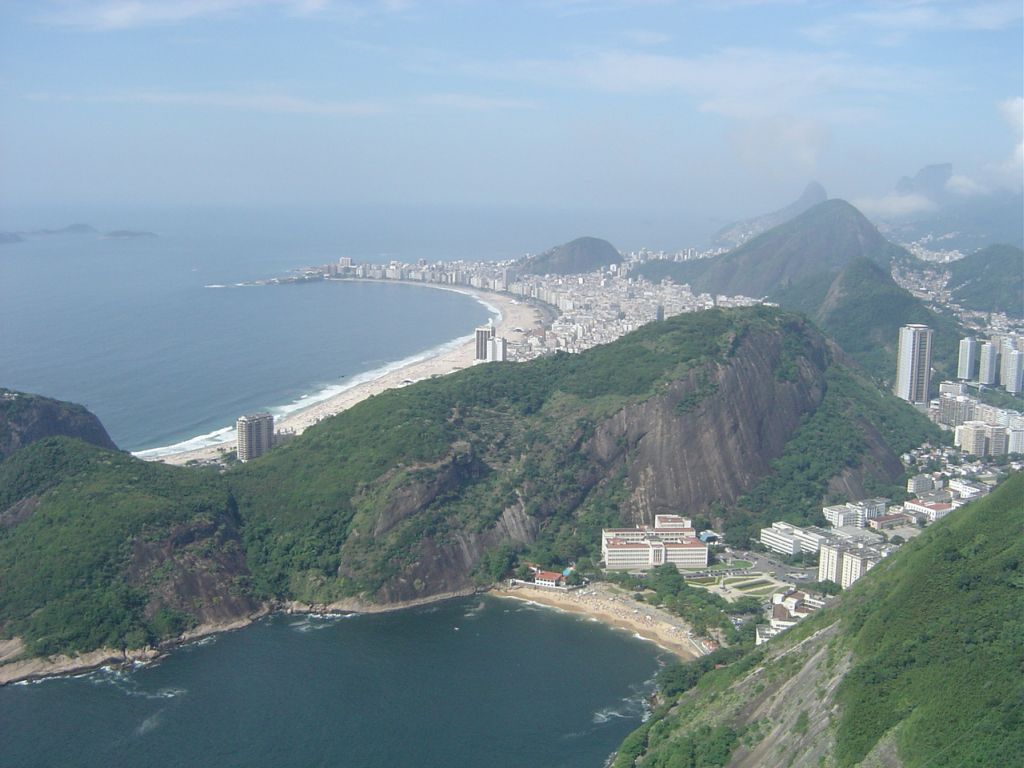
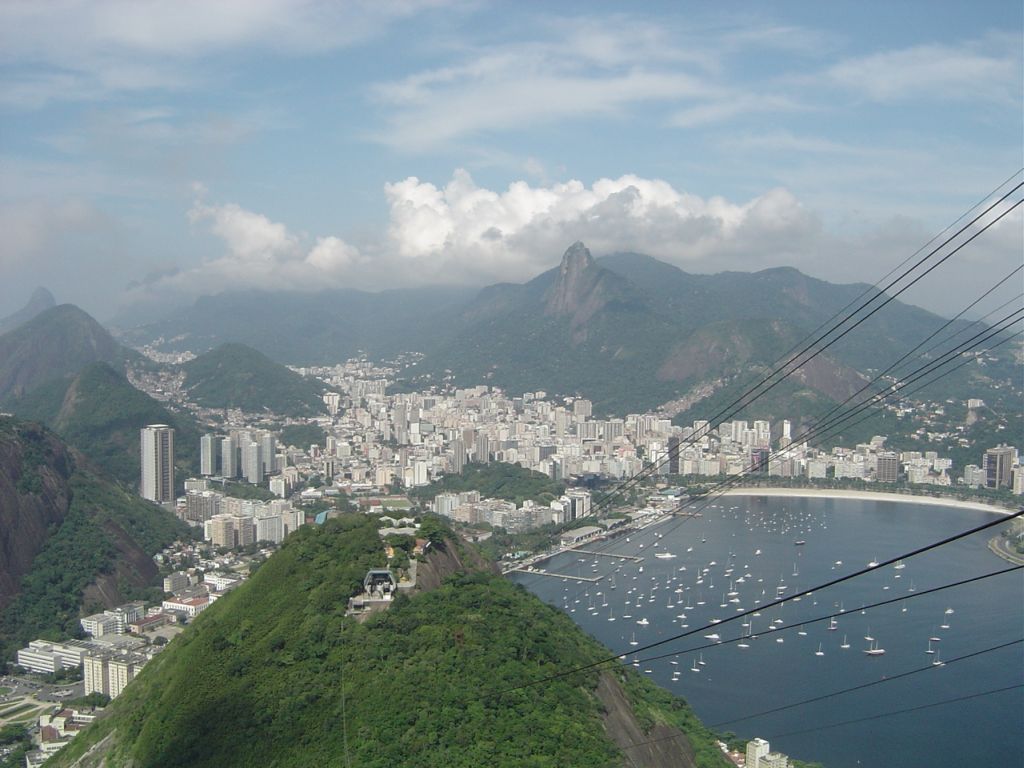
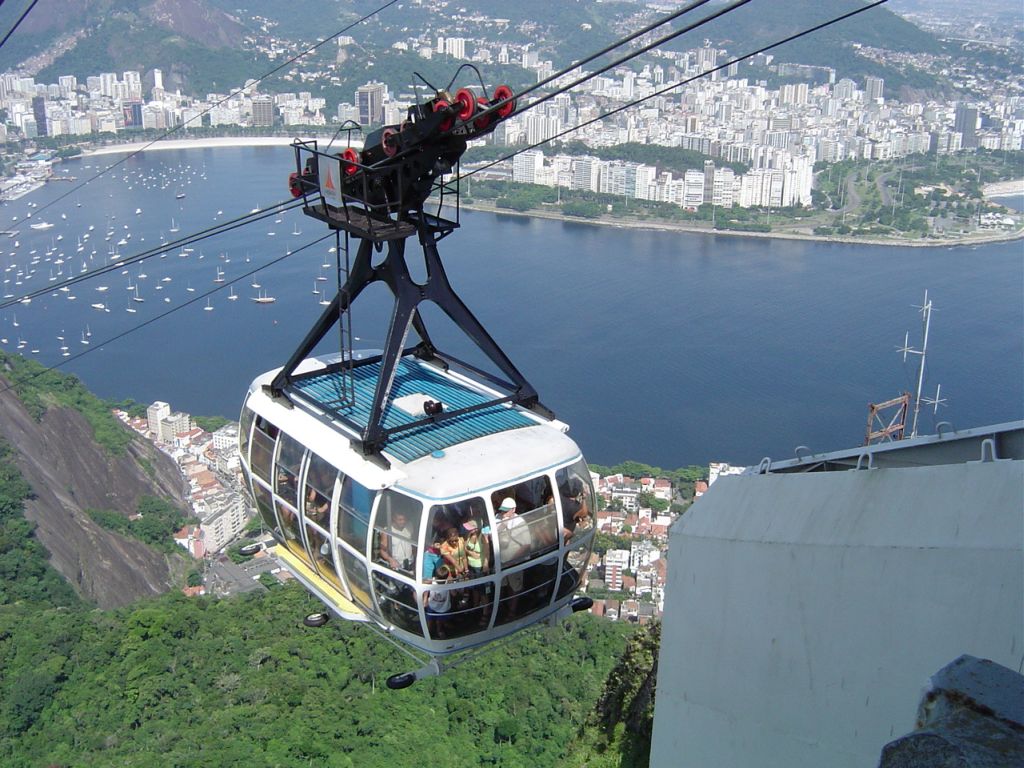
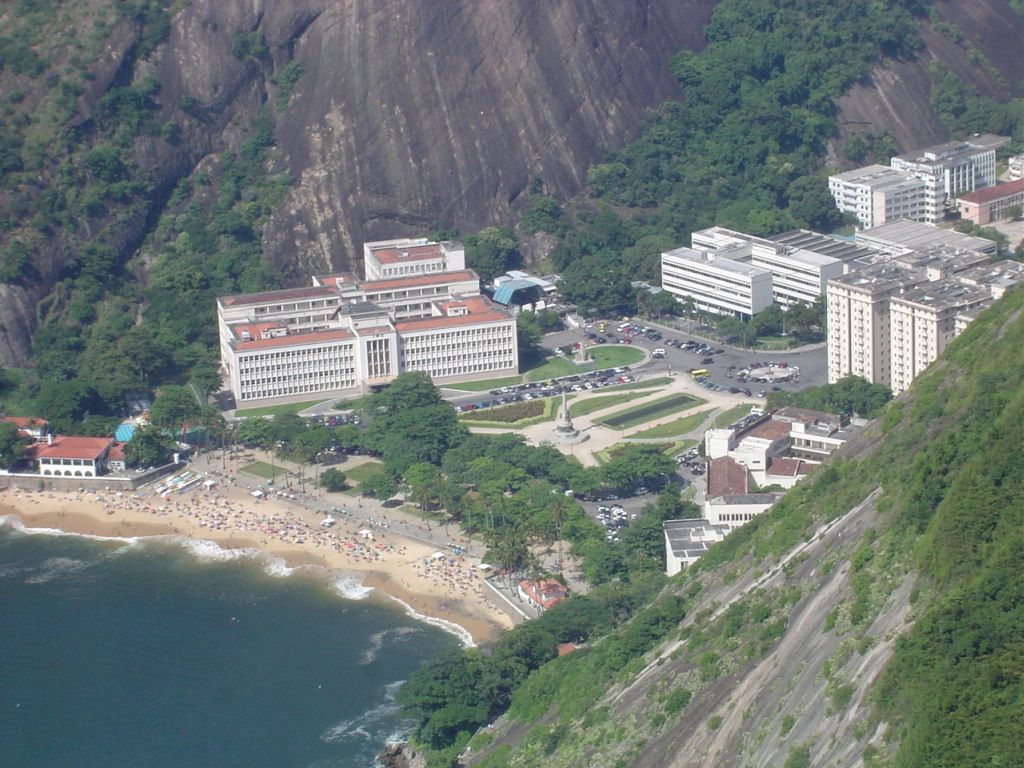
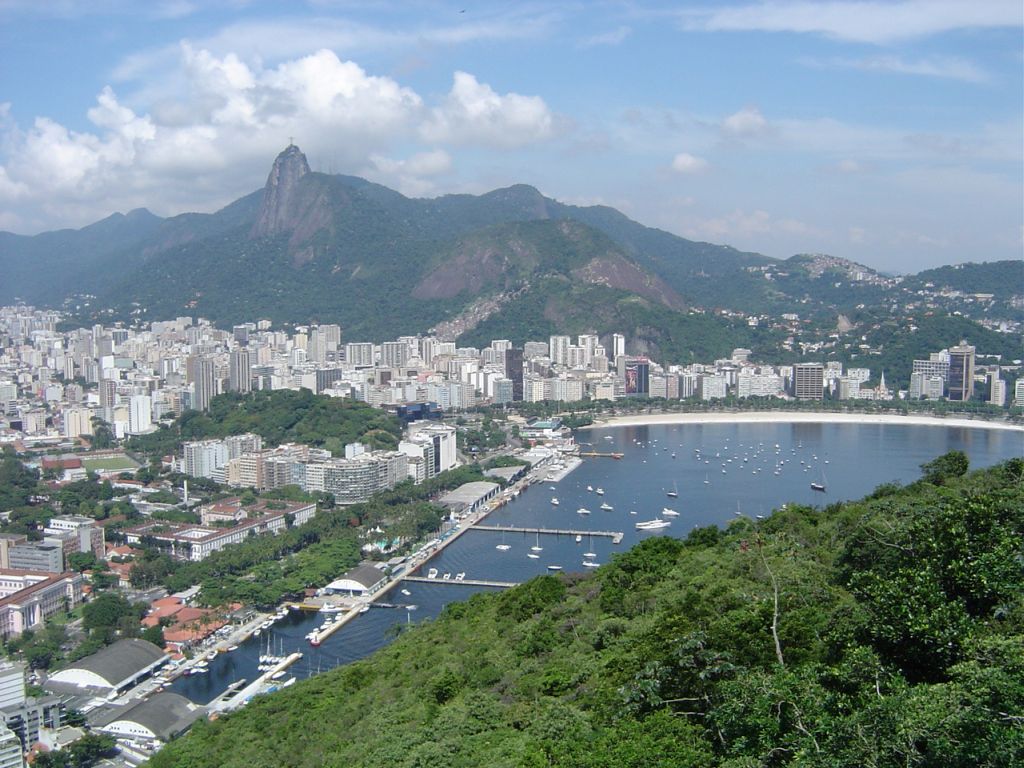
On a clear day, you can see Christ the Redeemer on Corcovado Mountain.
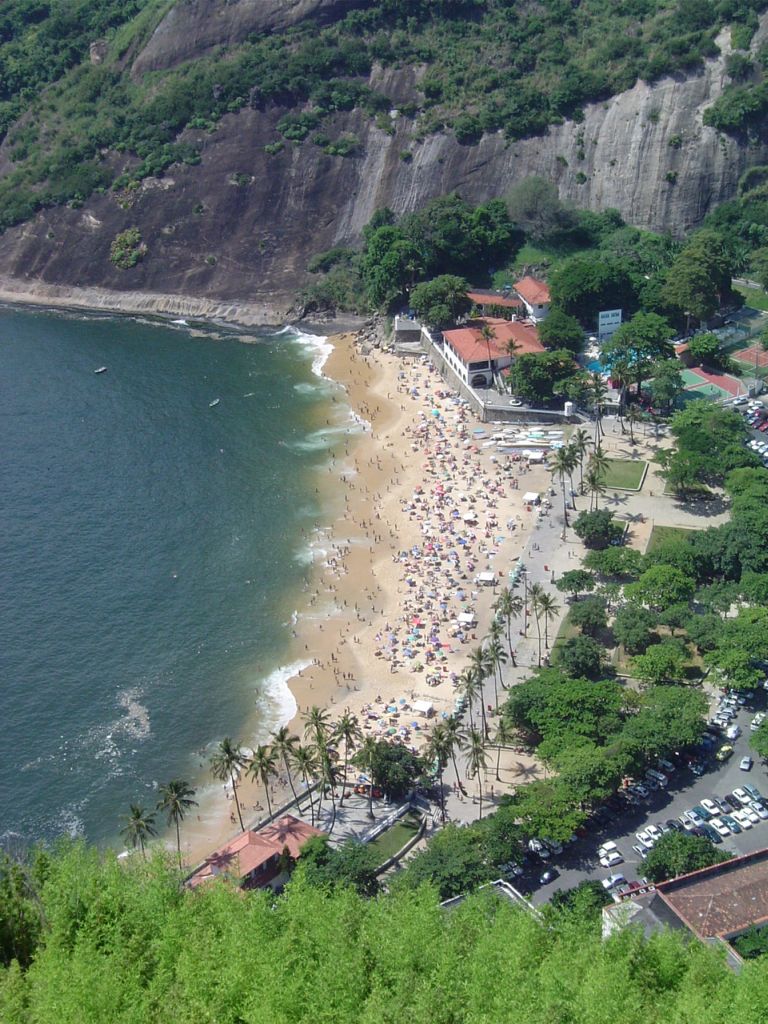
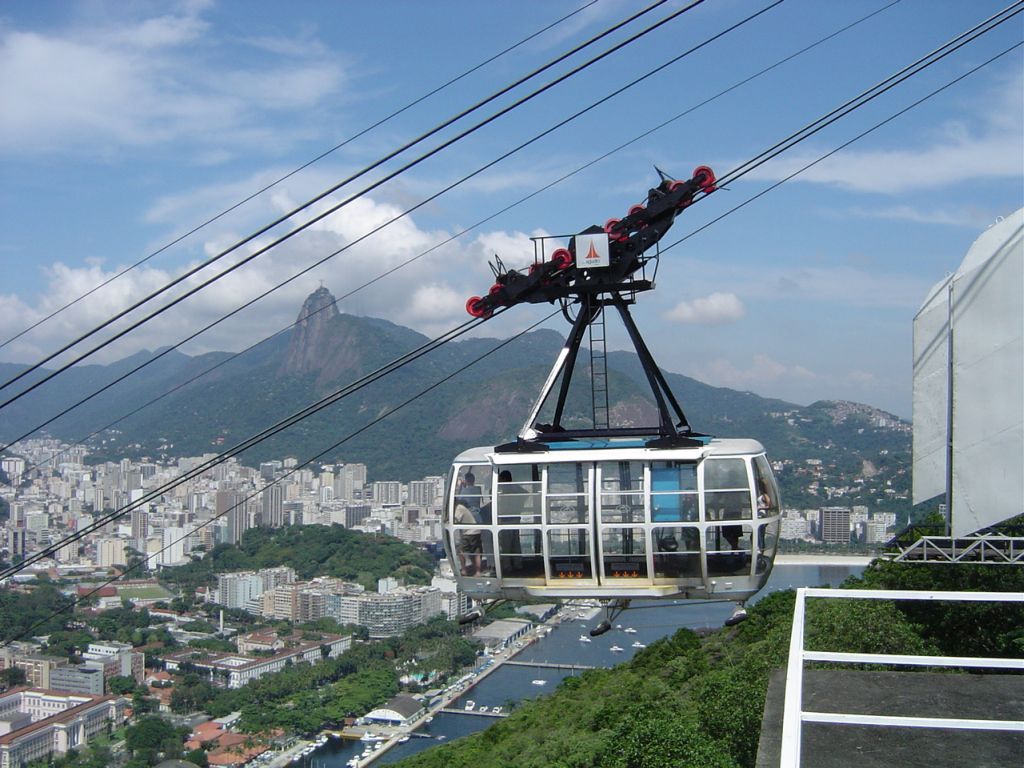
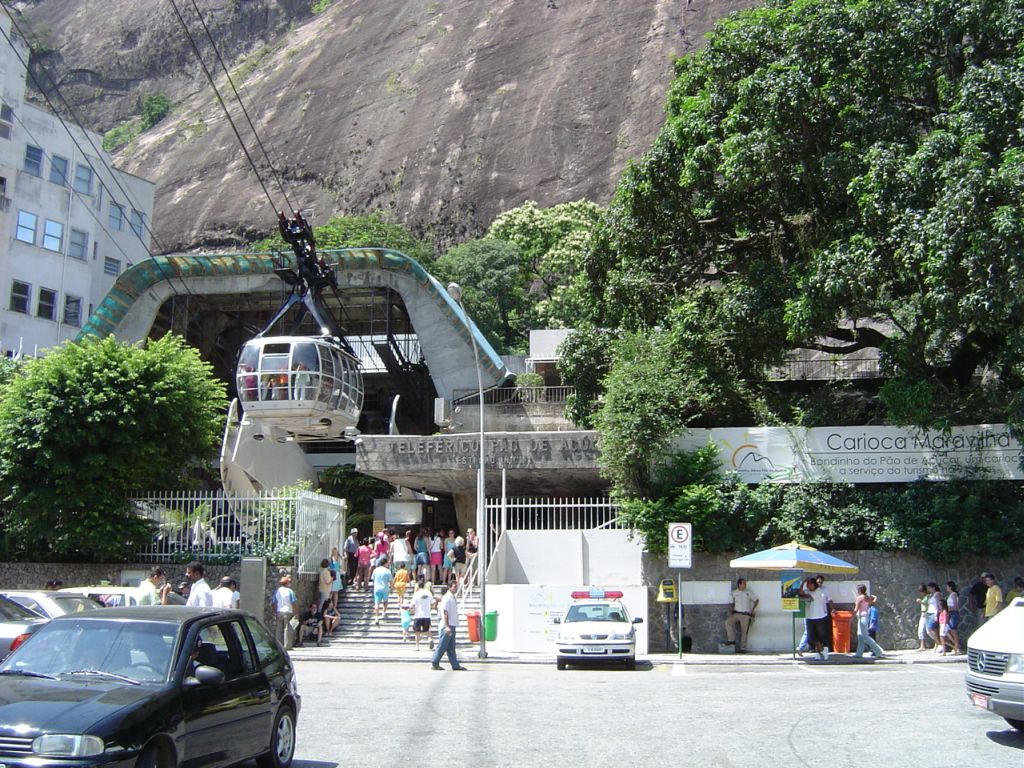
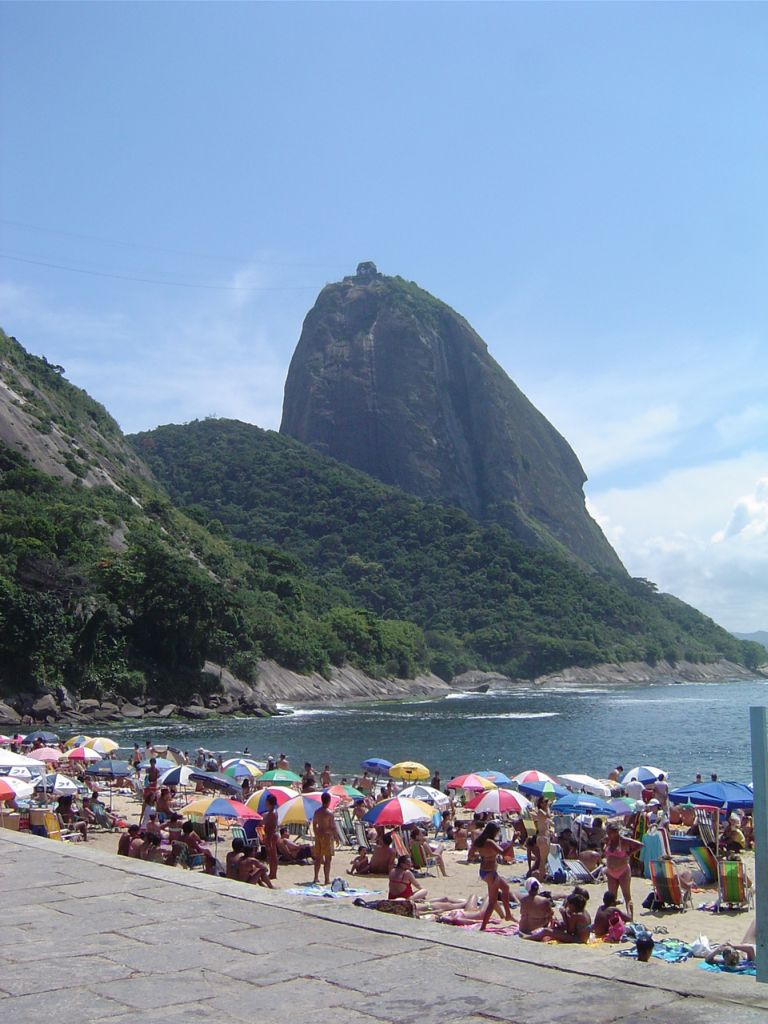
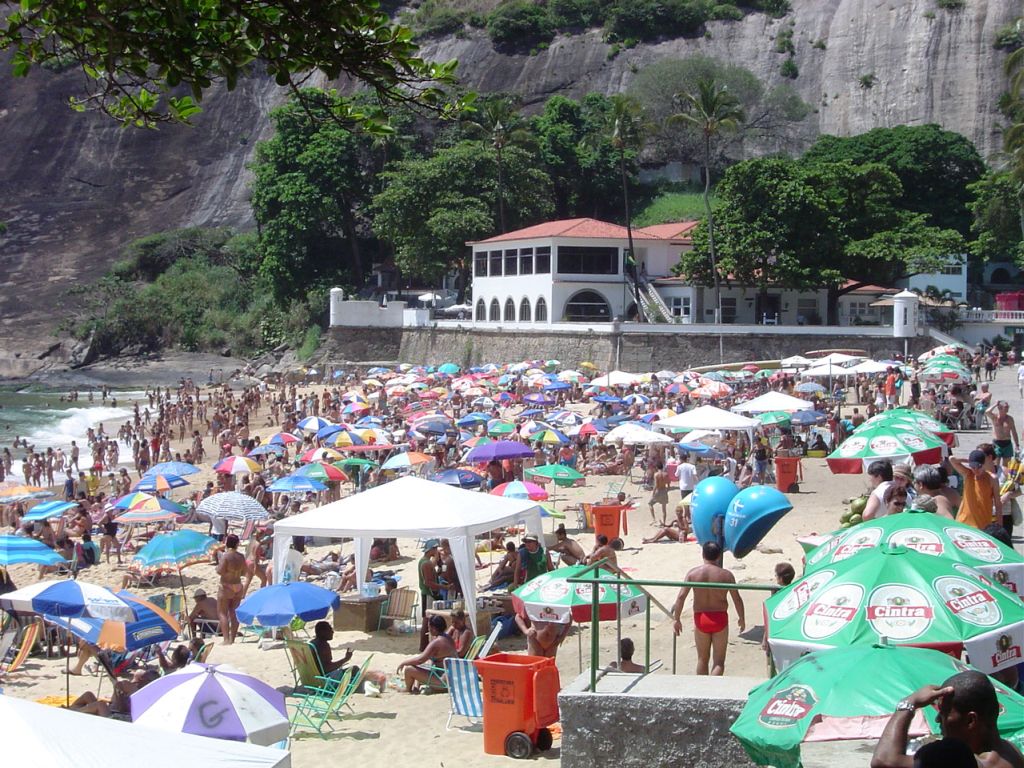
January 5th
Anxious to get out of town for a change, we took a cab to the Rodoviaria Novo Rio bus station for tickets to Buzios, a beach resort about 100 km east of Rio. As our luck would have it, the bus we wanted was fully booked. Waiting for the next departure would keep us in the bus station for over two hours. Fortunately, the next party of three people in line had the same problem and told us what to do. We got on a bus for Cabo Frio, a three-hour ride, covering 90 percent of the distance to where we wanted to go, with the expectation of catching another bus for the last 20 km. The plan was working until the city bus at Cabo Frio saw our large suitcase; without a baggage compartment, they refused to take us. So we stuffed the party of three, the two of us, and all our luggage into a cab and were on our way again. Elsa doesn't take to well to being folded like a pretzel for 45 minutes, so it wasn't long before the cab ride became the "cab-ride from hell", Buzios became the "city from hell", and our hotel, which the cab driver couldn't find, became the "hotel from hell."
Buzios became famous in the sixties when Brigitte Bardot "discovered" the place. The house she stayed is now Pousada da Sol, decorated with pictures of her frolicking on the beach which was much cleaner then. No one has cleaned the beer bottles from it in the last 40 years. The adjacent 15 beaches were cleaner, but the steady drizzle discouraged us from lounging about.
As we read about it in the travel office in Rio:
The Brazilian seaside resort of B˙zios honoured its favourite holiday-maker with her very own stretch of seafront.
And what a strip of land the Orla Bardot is, running from the centre of town to one of the peninsula's 23 beaches with breathtaking views of the bay.
Ever since Brigitte first "hid" here with her Brazilian boyfriend in 1964, a litany of world stars, from Mick Jagger to Madonna, have followed her path. But none left quite the impression Bardot did. Her declaration of love for the tiny fishing village catapulted it into the global spotlight and led to its inevitable development as a hub of upmarket tourism. These days it is known as Brazil's St Tropez.
Not that the locals seem to mind her intervention - they positively celebrate it. There's a Bardot cinema. There's even a plaque commemorating the room in which she stayed for the summer. And in the middle of the Bardot seafront sits a bronze statue of the French actress, straw hat in hand, savouring the view as if it were 1964 all over again.
Nowadays, the comparisons with St Tropez extend well beyond Bardot's patronage. For B˙zios, just three hours' drive from Rio, is the playground of Brazil and Argentina's elite.
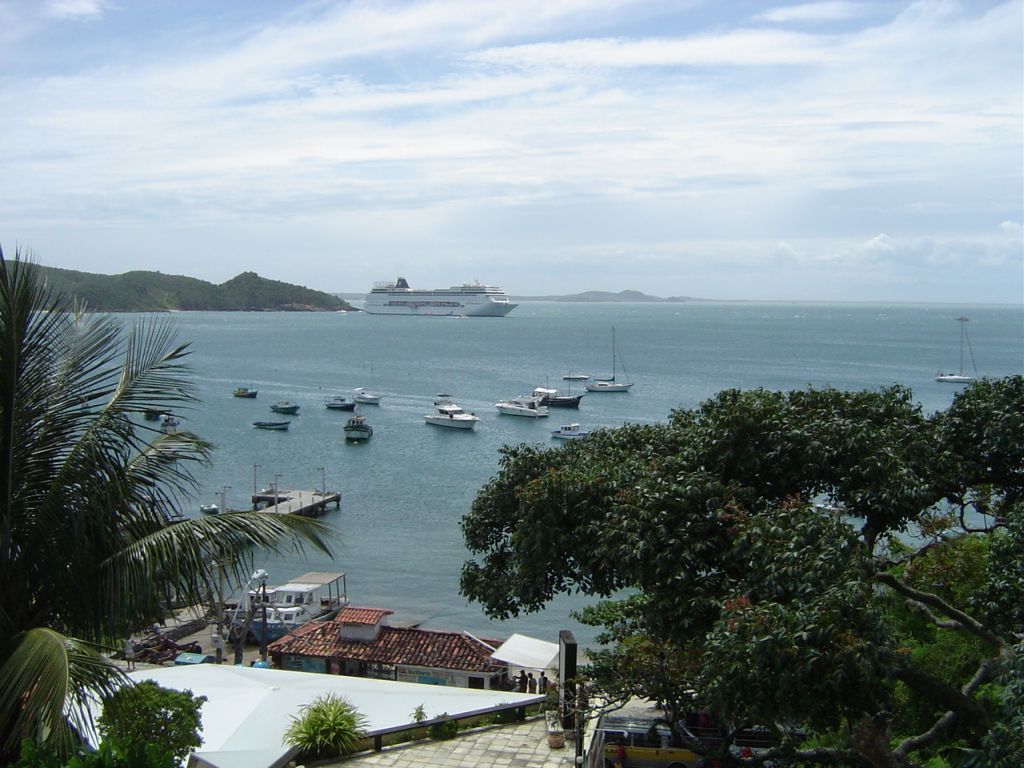
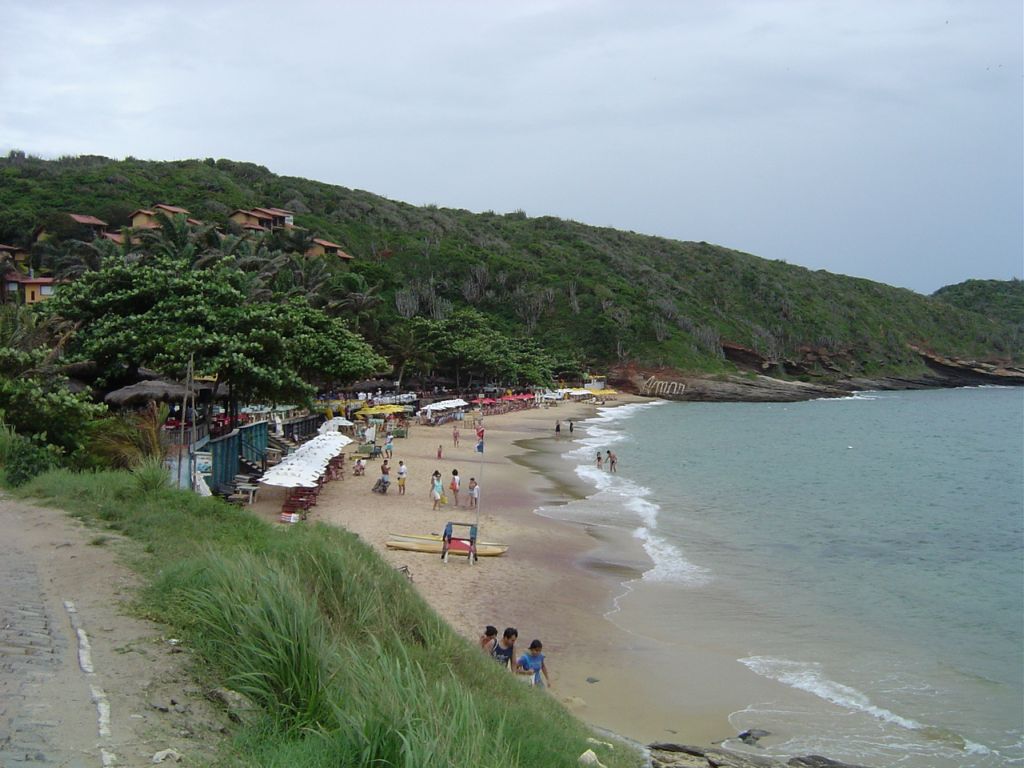
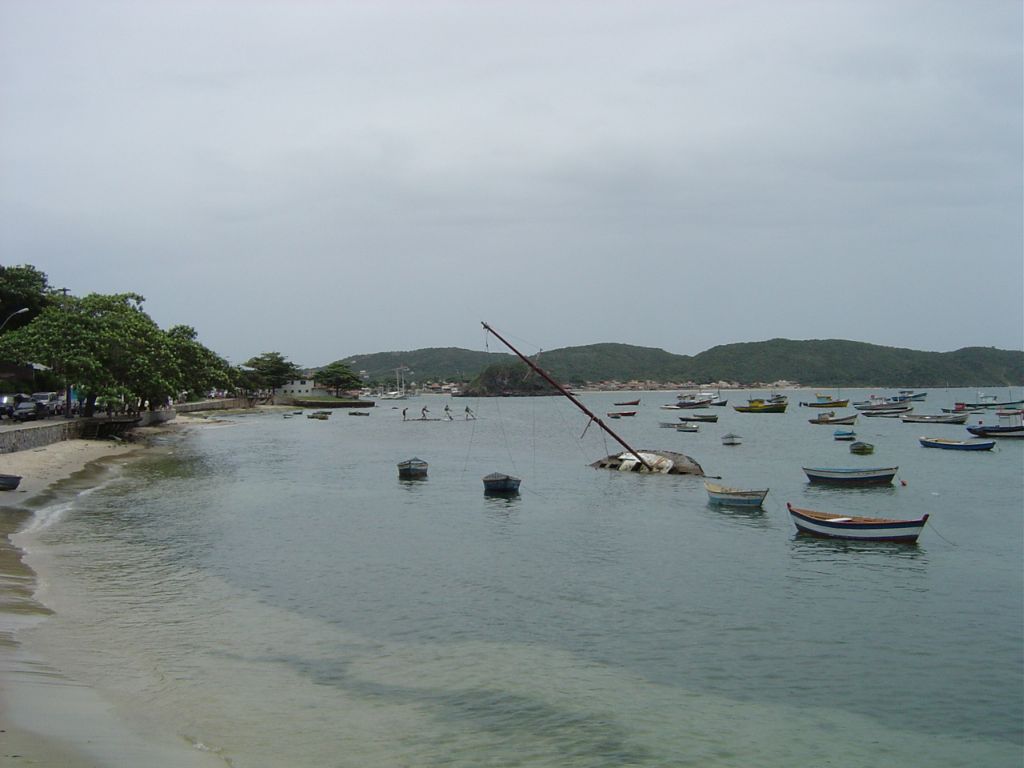
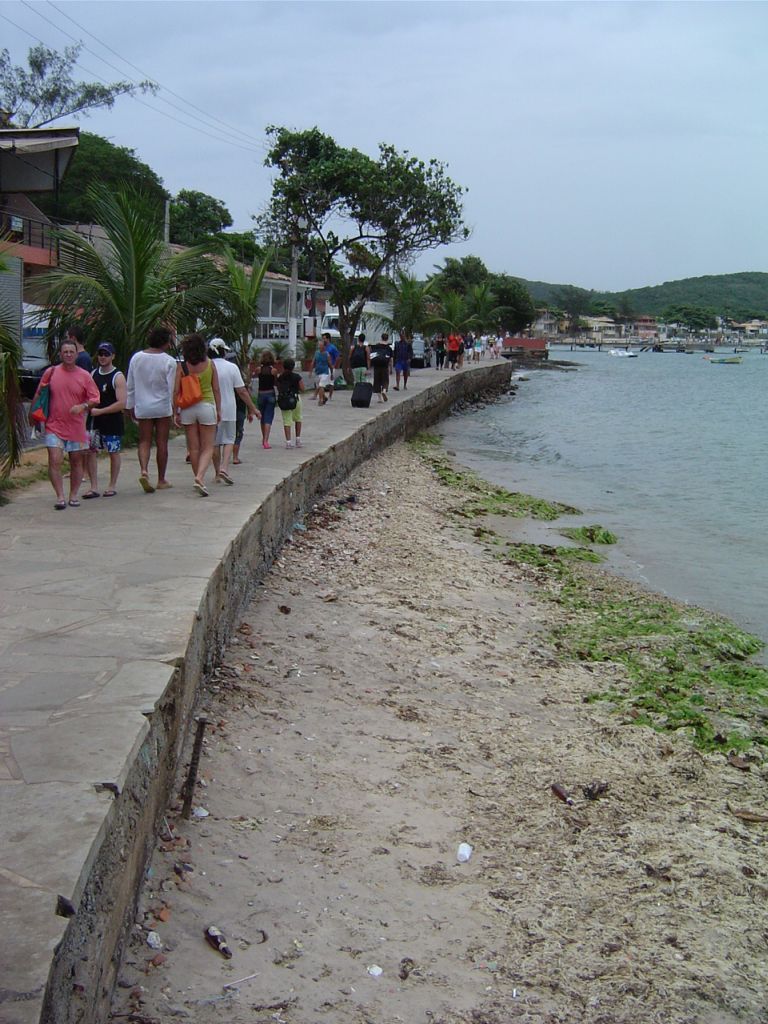
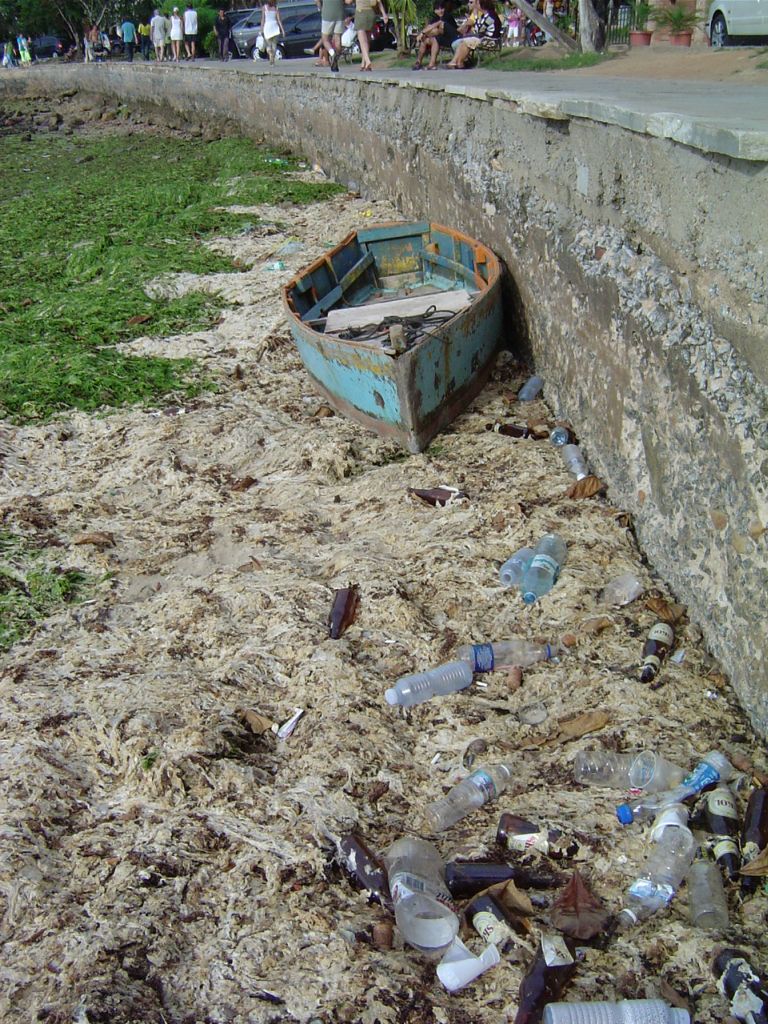
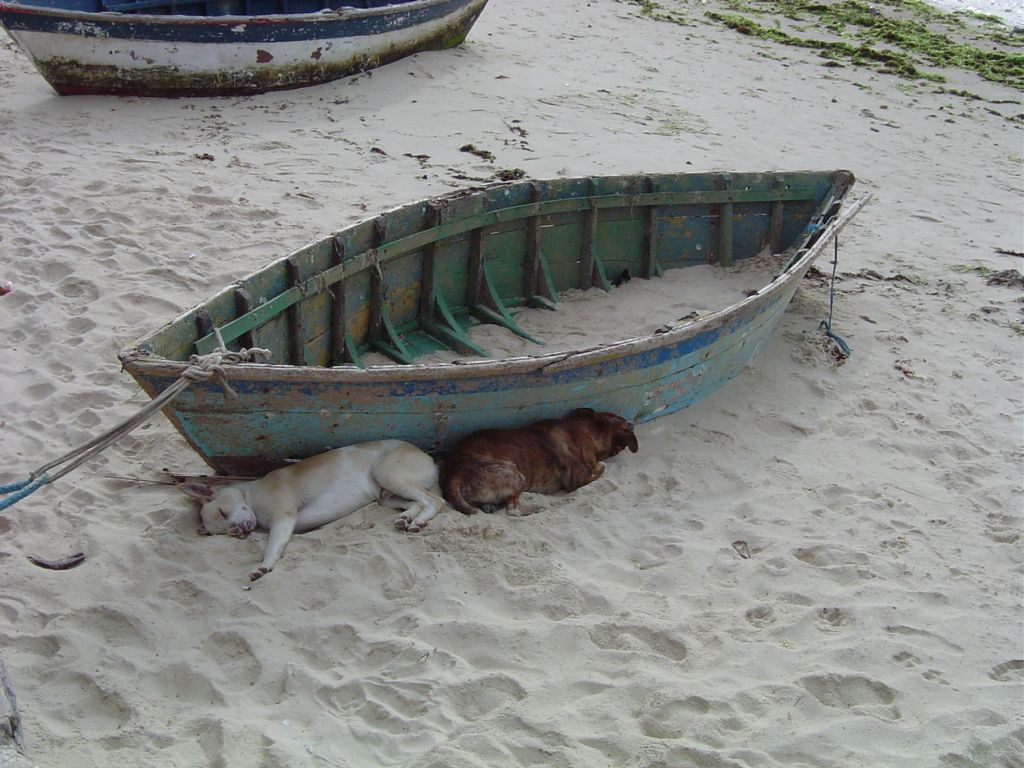
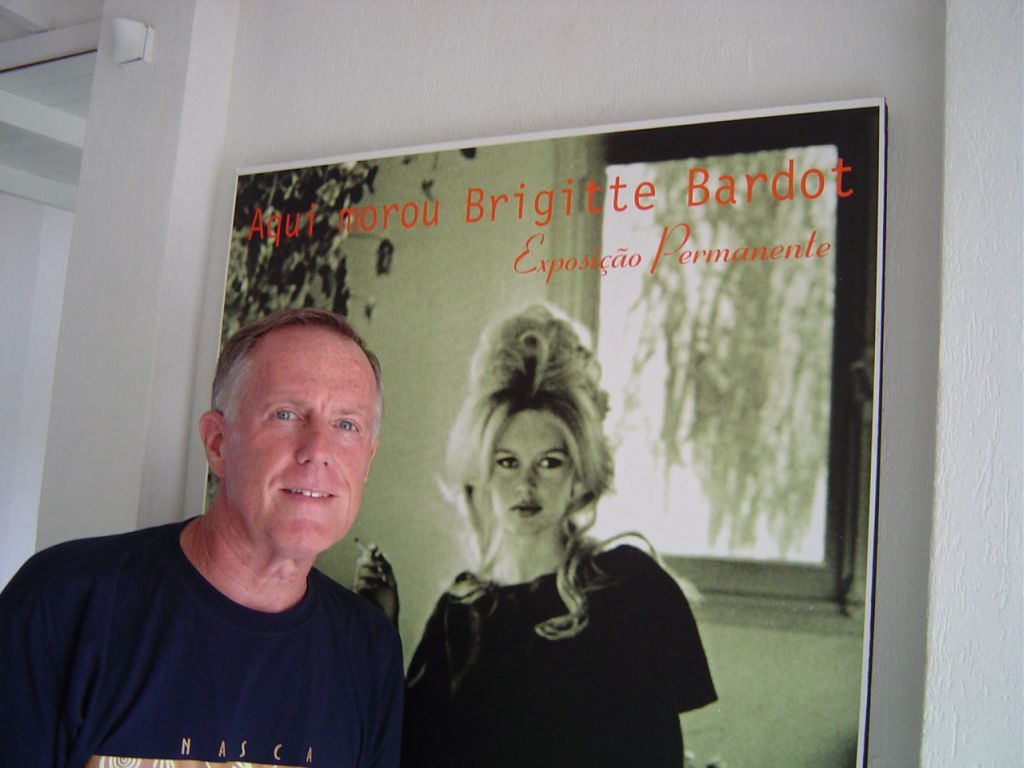
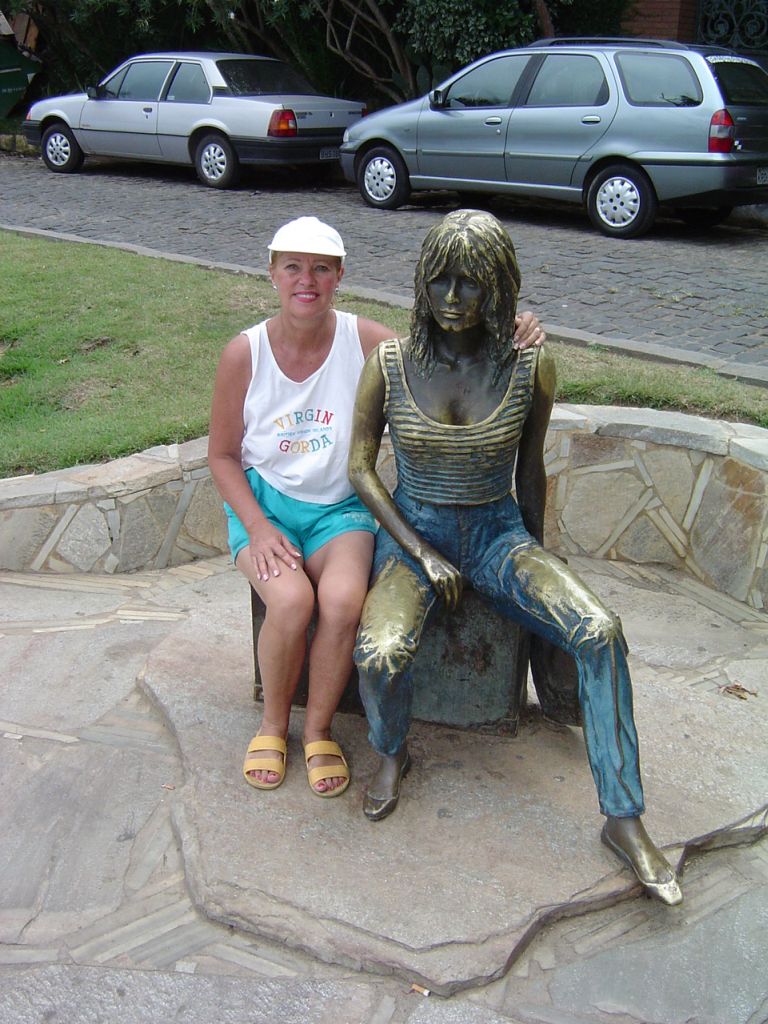
So there you have it... Brazil's St. Tropez...
Maybe it was better in 1964.

Dreaming of the real St. Tropez.
January 6th
Back in Rio, via a less eventful bus ride, we encamped at the Sol Ipanema Hotel, on the water on Ipanema Beach. In the interest of economy, our room faced another hotel, but the view from the swimming pool on the 15th floor was exceptional, unobstructed from one end of the beach to the other
January 8th
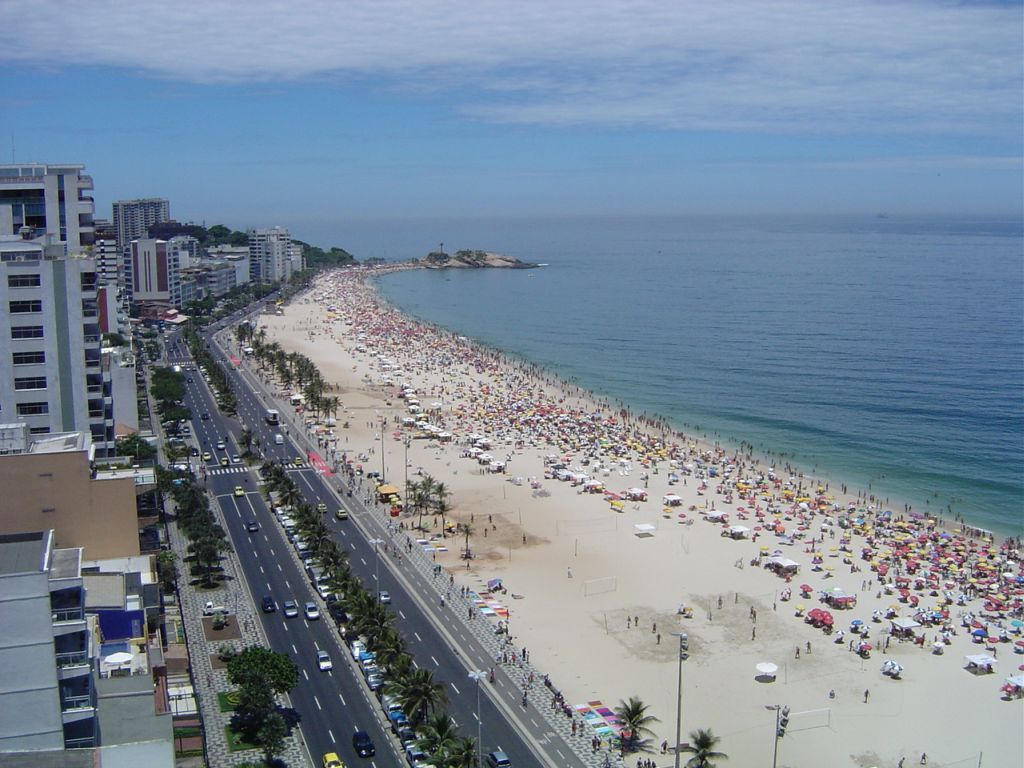
Back in Rio
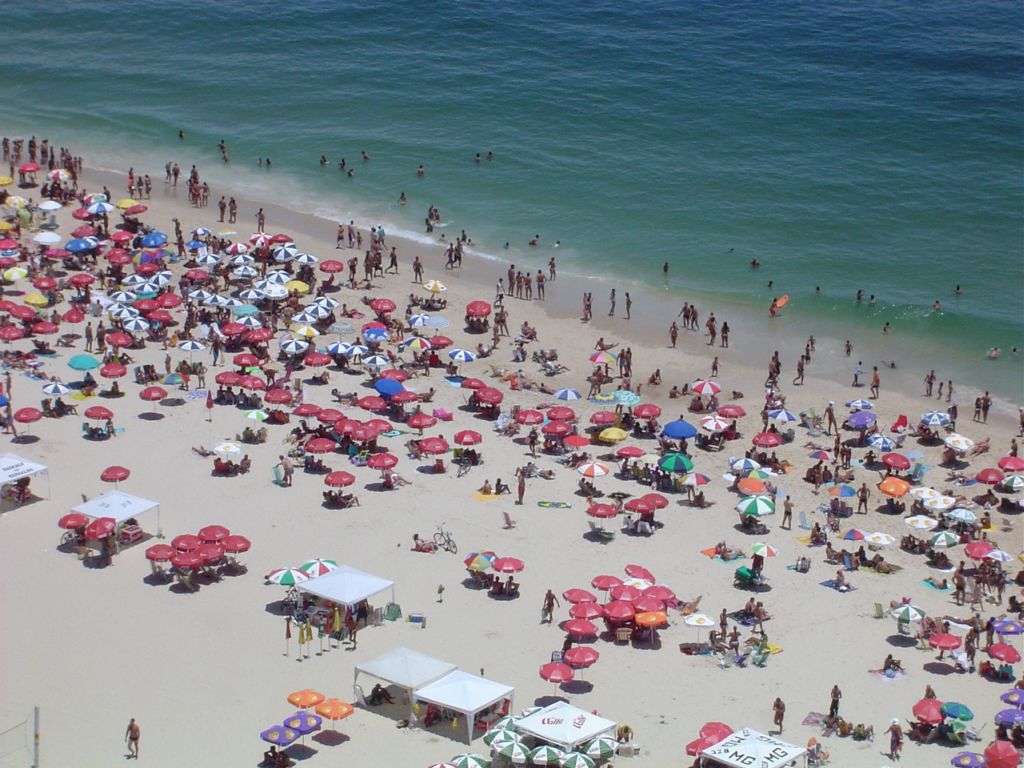
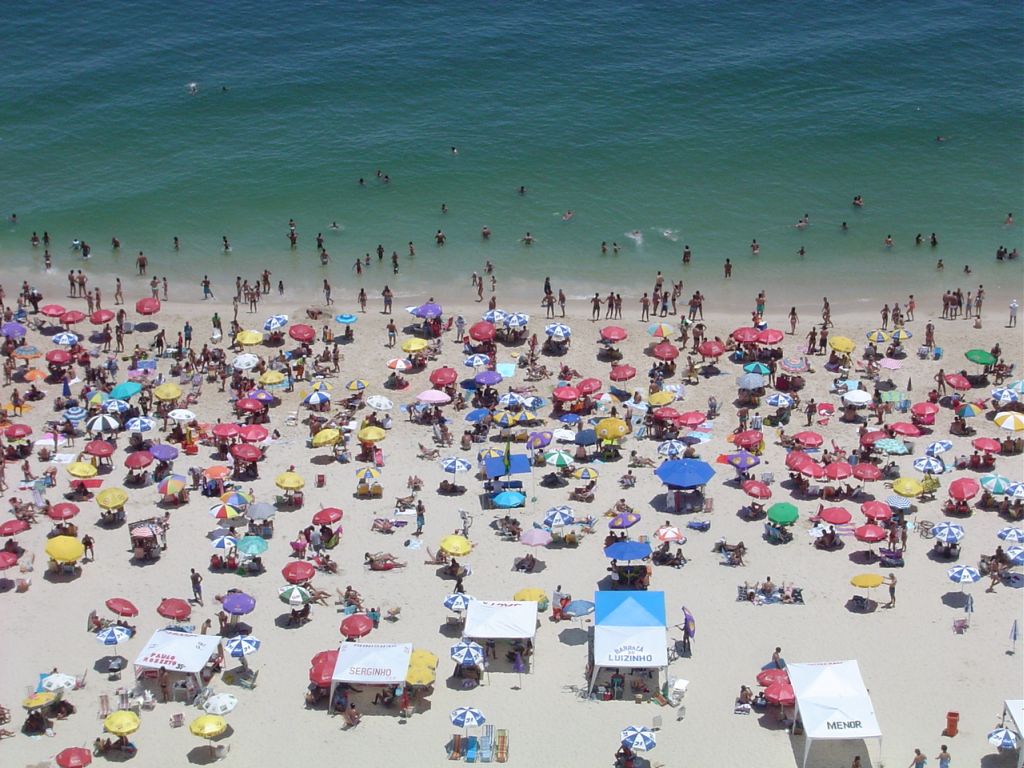
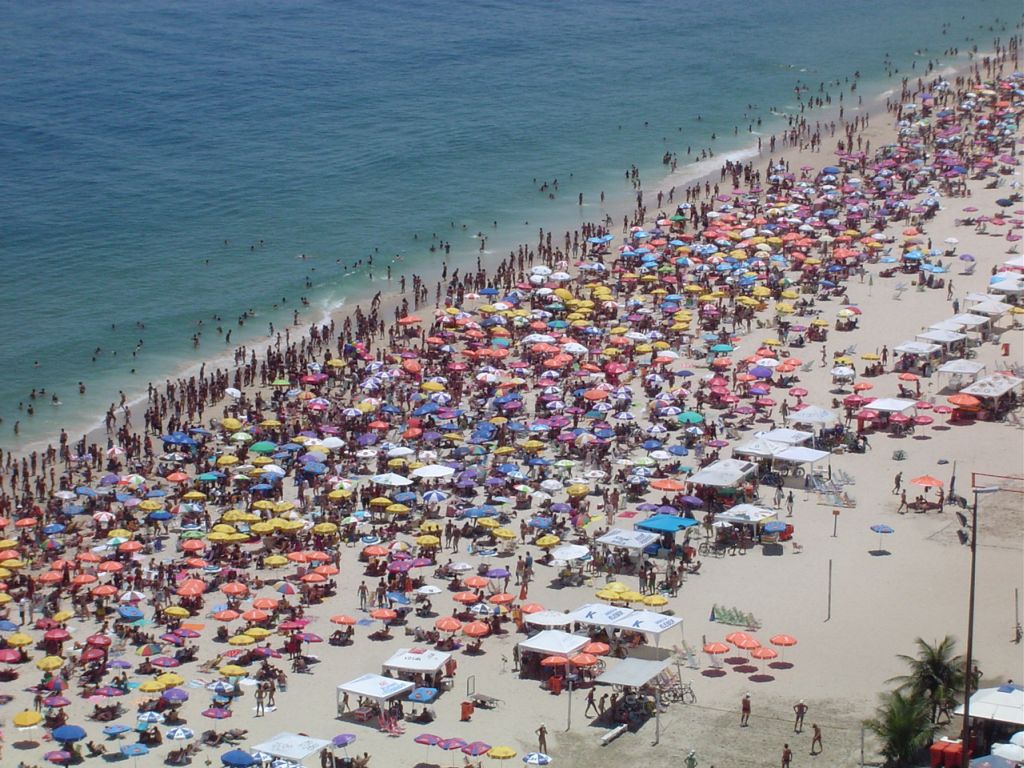
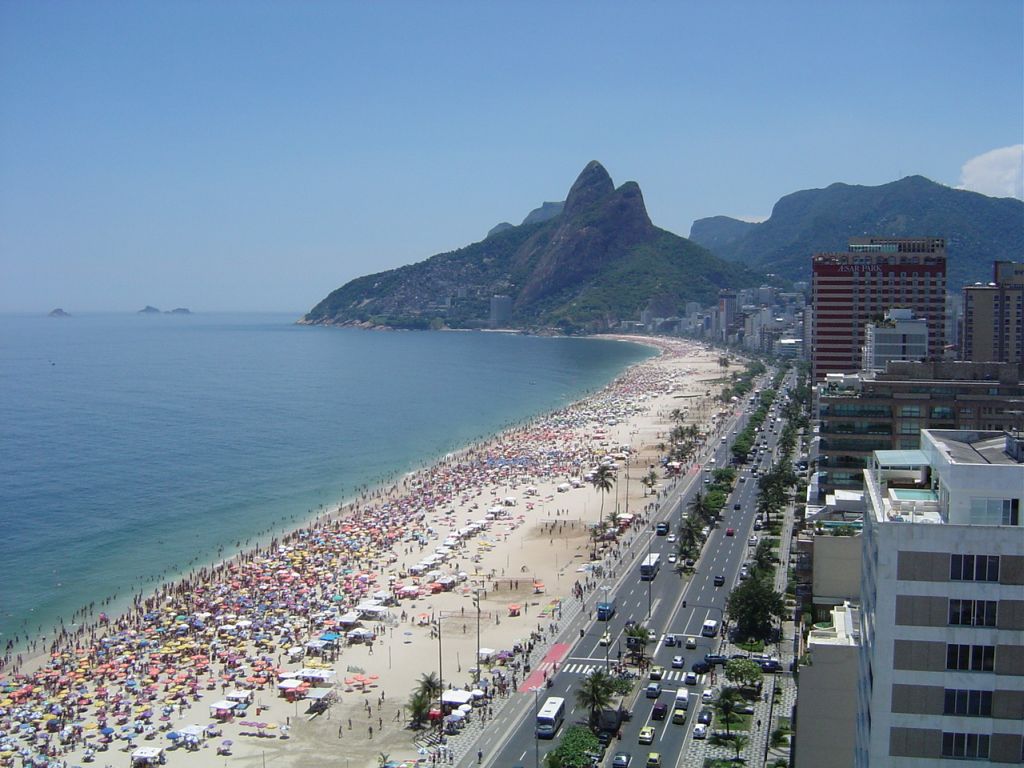
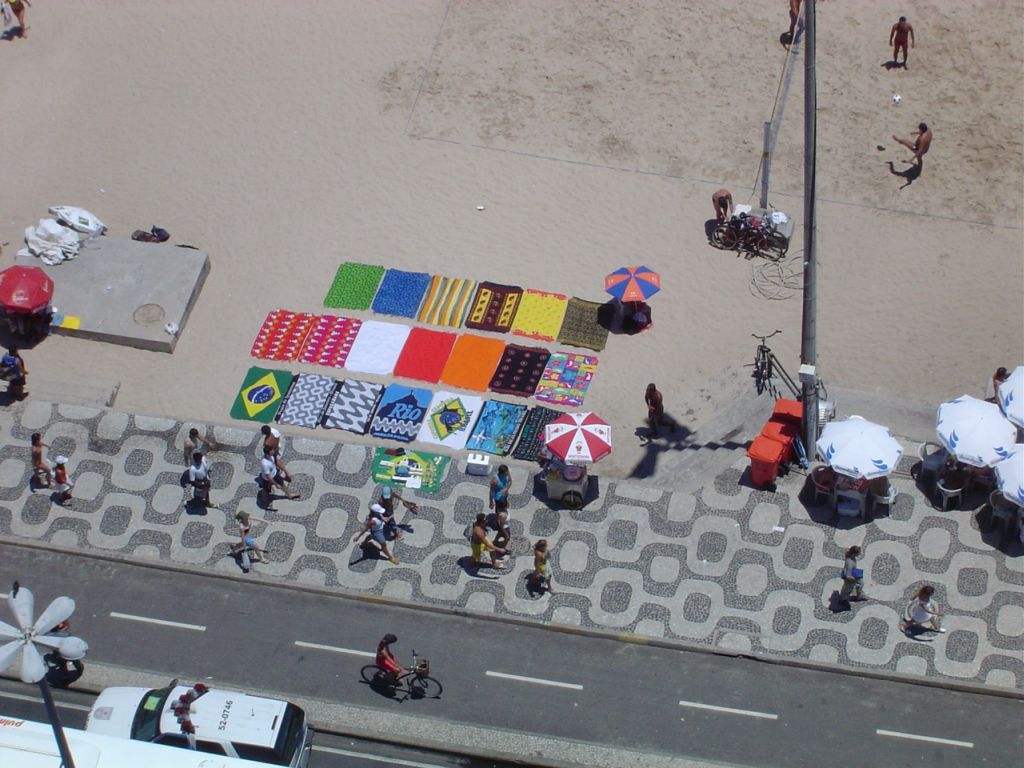
We're in Ipanema now. You can tell by the design of the sidewalk.